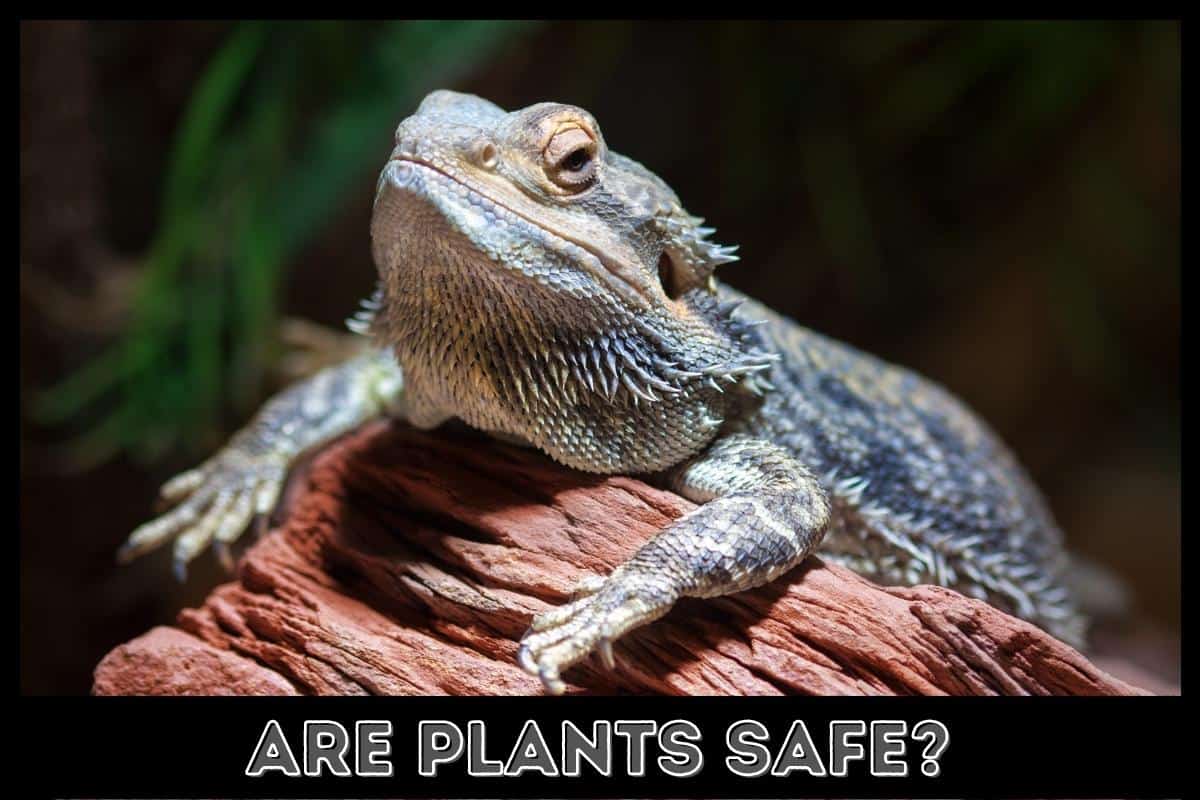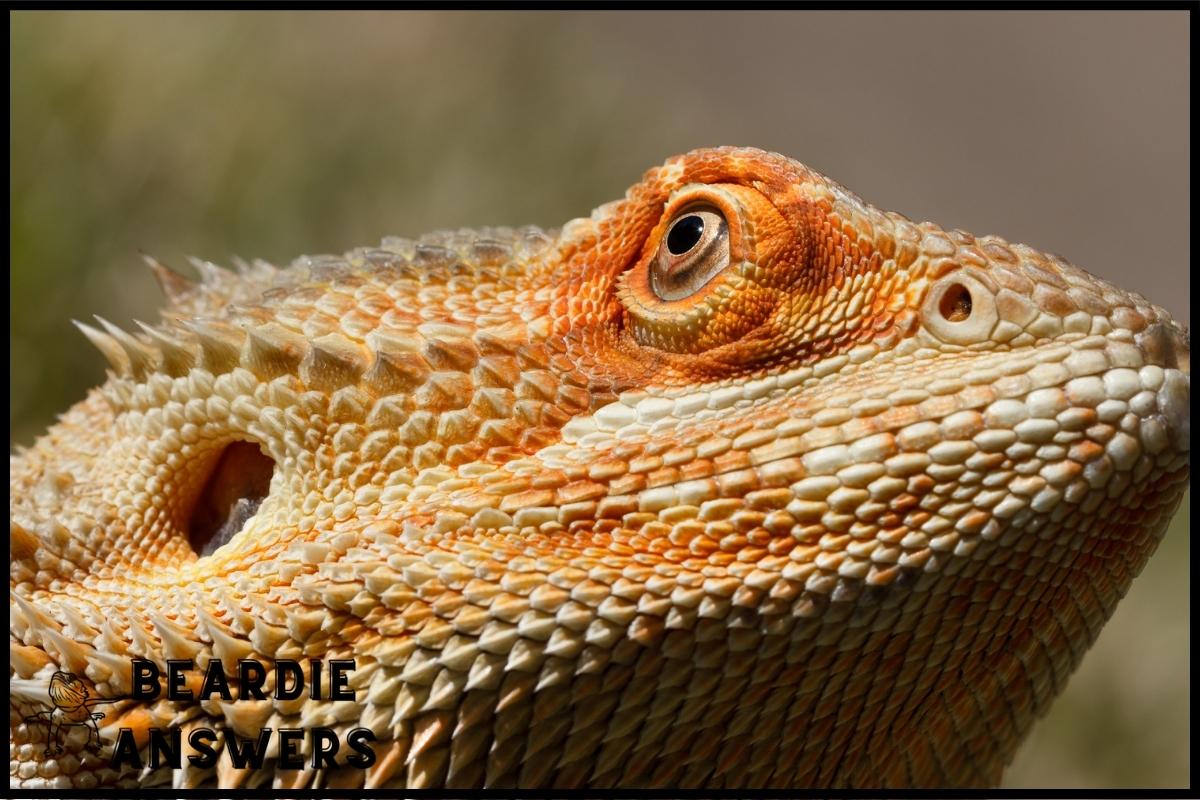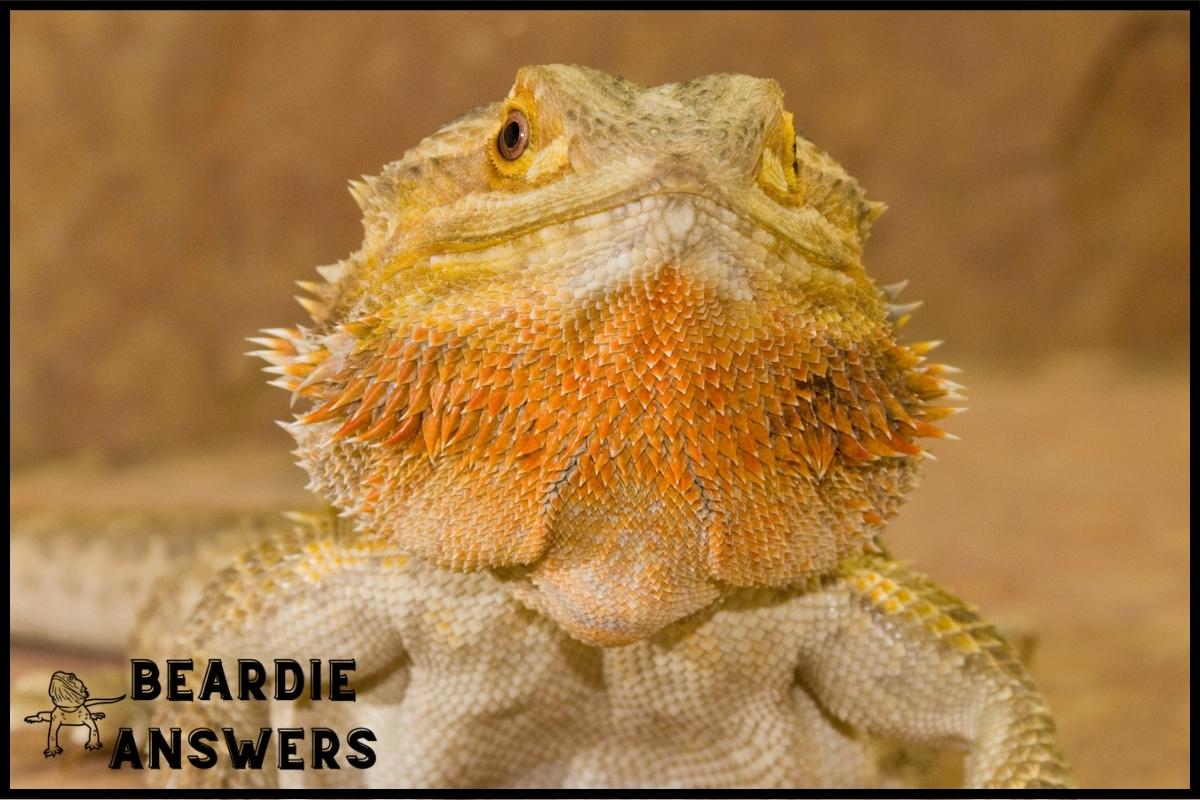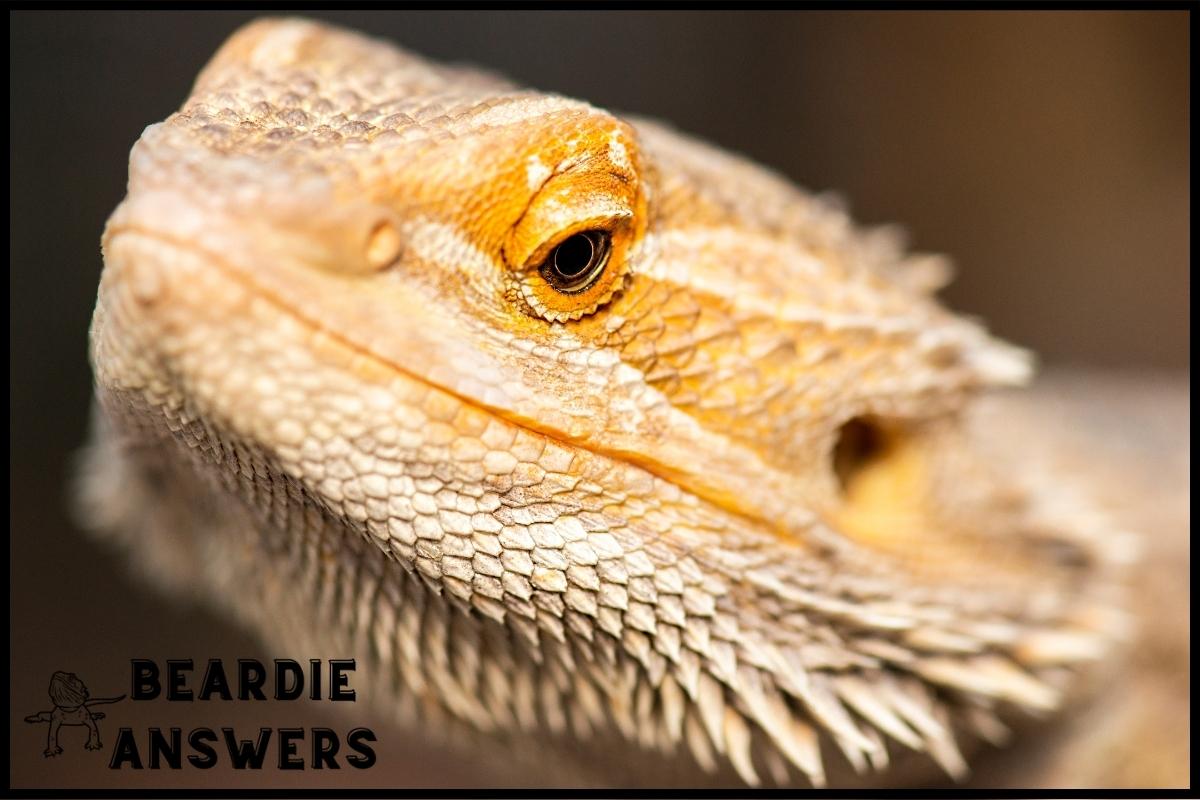Putting live plants in your bearded dragons enclosure offers several benefits. Because bearded dragons are omnivores, their diet should consist of both plant matter and insects. Pothos, Spider Plant, Begonia, Mint, Basil, Oregano, Rosemary, Hibiscus, Kale, and Lettuce are some of the best plants for beardies.
These plants are relatively simple to care for because they require little maintenance and effort. If you don’t want to risk having live plants in your tank, you can always use fake plants. This option is less appealing, but it is much easier to maintain in the long run.
What You'll Learn
The Benefits of Live Plants in a Bearded Dragons Enclosure
Placing live plants in your bearded dragons enclosure offers several benefits. They not only allow you to create a miniature natural biome for your dragon, but they also provide new places to explore as well as nutritional benefits.
Fresh Food Sources
Live plants are an excellent way to provide fresh food sources for your bearded dragon. Hibiscus, Echeveria succulents, and aloe vera are among the flowers and cacti that thrive in beardie terrariums. Herbs are another great addition to the tank because they provide nutrients and taste great to beardies, but they should not be the primary source of food.
Natural Environment
Live plants in a bearded dragon enclosure can provide numerous benefits to your pet. Live plants provide them with a miniature natural biome to explore and something new to discover every day. Succulents are an excellent choice for your dragon’s cage because they add a lot of style and are simple to care for.
Aesthetic Appeal
Adding live plants to your terrarium can also improve its appearance. When it comes to choosing live plants for your enclosure, you have a lot of options, so you can add color and texture to make it look even more appealing. Whether you use succulents, cacti, or other flowering plants, having live plants in your beardie’s terrarium will make it look fantastic!
Stimulating Activity
Live plants also provide stimulating activity for your pet by providing new places for him or her to explore and hide. Your bearded dragon may enjoy climbing on, around, or even sitting on the live plants in their enclosure!
The Risks of Placing Live Plants in a Bearded Dragons Enclosure
While live plants are a great way to add color and life to the enclosure, they do pose a few risks.
Toxic Plants
The first and most serious danger of introducing live plants into your bearded dragon enclosure is that some of them may be toxic to your pet. Bearded dragons, like most reptiles, are unable to process certain toxins found in plants that, if consumed, can cause serious illness and even death. It is important to research any plant before introducing it into your pet’s habitat and ensure that it is safe for them.
Insect Infestation
Because insects are drawn to living plants, it is critical to inspect for signs of infestation on a regular basis. If an insect infestation is likely, consider using artificial plants instead of live ones.
Overcrowding
Before adding live plants to your bearded dragon’s enclosure, consider how much space you have available. An overcrowded environment can stress out your pet if you have too many plants or decorations. It’s critical they have enough space to move around freely and explore their environment without becoming overwhelmed by too much foliage.
Injury
Another potential risk associated with live plants in a bearded dragon’s enclosure is injury. If not carefully monitored, foliage can become overgrown, resulting in sharp edges that can scratch or cut your pet while climbing or exploring their environment. Trim any foliage that grows too large or unruly on a regular basis, or consider using artificial plants instead.
What Types of Live Plants Are Best for My Bearded Dragon’s Enclosure?
Live plants can contribute to the creation of a realistic and stimulating environment for your pet. There are numerous plant species that are both safe and recommended for your bearded dragon’s enclosure.
Ionantha: The Perfect Low Maintenance Plant
Ionantha is a great plant for those looking for a low maintenance option. This fast-growing vine can grow to be 3 feet long and is safe for bearded dragons. It’s also simple to care for, requiring little water and light, making it an excellent choice for those looking for a colorful addition to their enclosure without having to devote too much time to it.
Hoya Austalis: A Vibrant Option
Also known as ‘wax vine’, Hoya australis is an excellent and safe plant for bearded dragons. This lively plant grows quickly, reaching lengths of up to 3 feet in no time. It prefers bright light but requires little water and care.
Herbs and Veggies: Edible Options
Herbs such as mint, basil, oregano, rosemary, hibiscus, kale, and lettuce are all safe choices for those looking for edible options. These plants are simple to grow in terrariums or vivariums and can provide a healthy snack for your dragon while also adding color and texture to the enclosure. Aloe vera is another edible option that should be placed near the back of the tank because it grows quickly and needs a lot of light.
What Live Plants Should Be Avoided
Although live plants can add enrichment and beauty to the enclosure, some can be harmful if consumed by the reptile. Here are a few common live plants to avoid when constructing a bearded dragon enclosure.
Ivy Species
English ivy and Bird’s nest ivy produce saponins that are toxic to bearded dragons if consumed in large quantities. Saponins can cause lizards’ mouths and gastrointestinal tracts to become irritated, resulting in vomiting and diarrhea.
Amaryllis Species
Amaryllis species, such as the red lion amaryllis and the Barbados lily, contain lycorine alkaloids that, if consumed in large quantities, can be toxic to bearded dragons. Lycorine alkaloids in lizards can cause severe gastrointestinal distress, resulting in nausea, vomiting, and diarrhea.
Sansevieria
Sansevieria, also known as mother-in-law’s tongue, is one of the most toxic plants to bearded dragons. All parts of this plant contain saponins, which can cause vomiting, loss of appetite, and even death if ingested.
Philodendron
Although philodendron is a popular houseplant, it is not suitable for bearded dragons. If consumed, this plant contains calcium oxalate crystals, which can cause severe burning and irritation in the mouth and throat.
How to Care for the Plants
Creating a bioactive habitat for a bearded dragon can be an exciting and rewarding experience. It’s important to make sure your plants are well cared for so they can thrive in your dragon’s environment. Here are three steps to help you take the best care of the plants in your dragon’s enclosure:
Provide Adequate Lighting
A sufficient amount of light is required to keep plants healthy. While natural sunlight is ideal, it is not required if you provide an artificial UVB light designed specifically for reptiles. Make sure the light is close enough to the plants to provide adequate exposure while remaining far enough away to not cause discomfort to your dragon.
Monitor Temperature and Humidity
Bearded dragons naturally inhabit areas with temperatures ranging between 78-90°F with a humidity level around 40-50%. To ensure that the plants thrive in their environment, you should use thermometers and hygrometers to monitor the temperature and humidity on a regular basis. Check both levels on a daily basis and make adjustments as needed.
Water as Needed
Plants require water to survive, but too much or too little can kill them quickly. Use a spray bottle or mister every few days or when your plants appear wilted or dry to ensure that they get just the right amount of water. Just don’t spray directly on your dragon, as this can cause health problems.
[su_note note_color=”#eee”]
What You’ve Learned
- Live plants can be added to the enclosure of a bearded dragon to provide a natural environment, aesthetic appeal, and stimulating activity.
- Pothos, Spider Plant, Begonia, Mint, Basil, Oregano, Rosemary, Hibiscus, Kale, and Lettuce are some of the best plants.
- The following are some examples of how you can use your newfound knowledge to help others.
- Toxic plants, insect infestation, overcrowding, and injury are all risks of introducing live plants into the enclosure.
[/su_note]

Hi! My name is Bryan, I am the “one behind the words” here are BeardieAnswers.com. I believe that providing quality care and nutrition is the best way to ensure the health of your pet. Every beardie is special and deserves the best care and attention. If you have questions about your bearded dragon, please don’t hesitate to ask! View My Full Author Page




